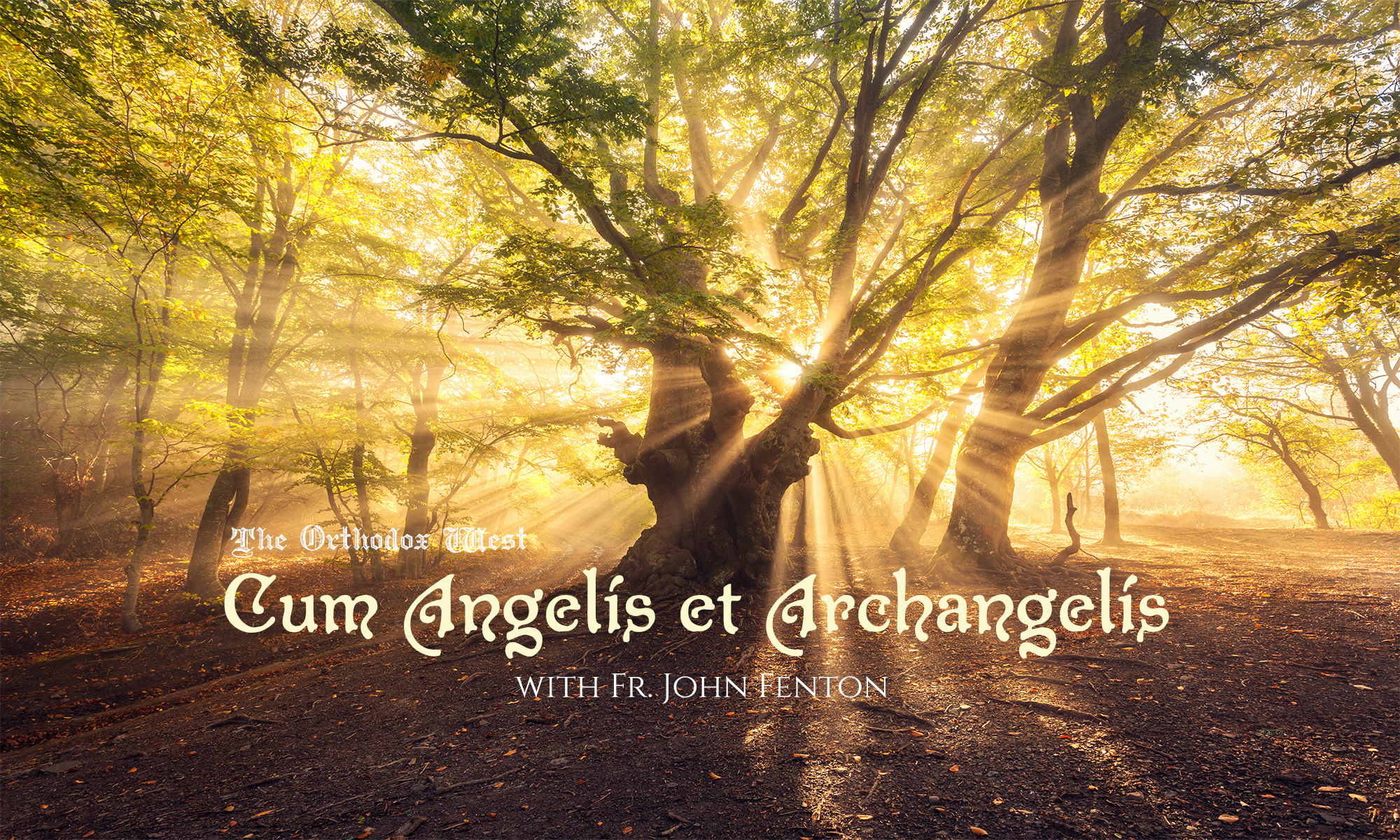Many of our liturgical celebrations find their origin in the Old Testament. For example, Pentecost commemorated the giving of the 10 Commandments before it became the celebration of the Descent of the Holy Spirit. And the Lenten fast is rooted in the prior feast of Unleavened Bread in which the Jews recalled the wilderness journey to the Promised Land.
The same principle informs the Ember Day fast, which is as unique to the Western (Latin) churches as the Apostles Fast is to the Eastern churches. Several early Latins fathers and authors adduce these words of the prophet Zechariah (among others) when he declares a particular fast four times each year: “Thus says the Lord of hosts: The fast of the fourth month, and the fast of the fifth, and the fast of the seventh, and the fast of the tenth, shall be to the house of Judah seasons of joy and gladness, and cheerful feasts.” (Zech 8.19)
In the Western churches, the fast was shifted to a quarterly observance: December (in Advent), March (in Lent), June (after Pentecost), and September (after Holy Cross Day). It was termed the quattuor tempora (“four season” or quarter-time) fast. In time they came to be known in English as the “Ember Fasts” or “Ember Days” (perhaps in the same way that the seventh month was named Sept-ember, and the tenth month named Dec-ember).
These quarterly Ember fasts are well-established in Rome by the time of St Leo the Great († 461), who offers this explanation:
What is better than that human beings should do the will of God whose ‘image’ they bear, and by abstaining from food should also abstain from the law of sin? The four seasons of the year have their allotted time for that same observance of restraint. We continue to know, as the course of the whole year returns, that we are unceasingly in need of purification. While we are tossed about in the vicissitudes of this life, we must always struggle, by fasts and alms, to destroy the sin which is caused by the weakness of the flesh and the uncleanness of our desires.
(Sermon 94)
Taking a cue from the Old Testament, the quarterly fasts deliberately coincided with the cycle of planting and harvest. Yet a spiritual meaning was quickly attached. Since at least the time of St Leo, these quarterly Ember days also became the days when the bishops ordained priests; that is, ministers who would both plant the Word of God (Mt 13; Mk 4; Lk 8; 1 Pt 1.23) and then labor in harvesting (Mt 9.37-38; Lk 10.2; Jn 4.35; Rom 1.13).
The Ember fasts occurred on three days each quarter: Wednesday and Friday (the traditional weekly fasting days) and Saturday. During these days, the candidates for ordination would prepare themselves for the Sacrament of Holy Orders by keeping a Lenten fast (one small meatless meal), extending their time for prayer, and disposing of much of their property. In solidarity with the candidates and in thanksgiving for their daily bread (both on the table and at the altar), the laity also joined in the three-day fast, and then would meet at the cathedral on Saturday for the lengthy Mass when men were ordained to the priesthood (and other grades of ministry).
With the sending of missionaries to various parts of Europe, the Roman practice of Ember Fasts quickly became mainstream in England and elsewhere. They still remain in our practice and calendar, even though the Church of Rome has “reimagined” their meaning and effectively eliminated their practice and salutary effect.
Amongst us, however, the Ember Day fasts remain and may be summarized as follows: The Ember Days are quarterly ascetical practices encouraged for laity and clergy alike in order to thank the Lord God for his numerous material blessings, and to pray for those who are preparing for ordination. As part of this practice, participating in the Sacrament of Penance (Private Confession) is also encouraged, as it is during all fasting seasons.
